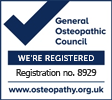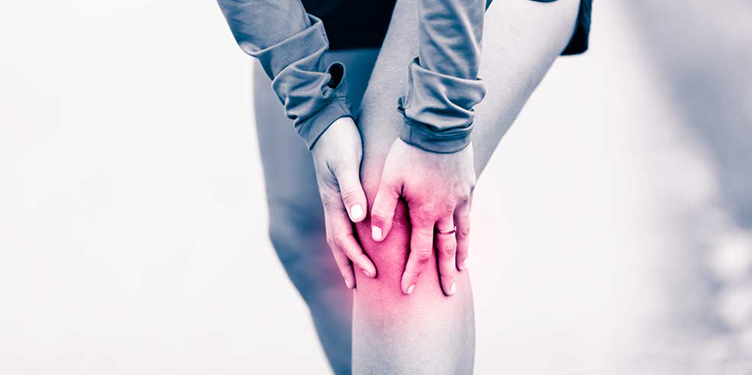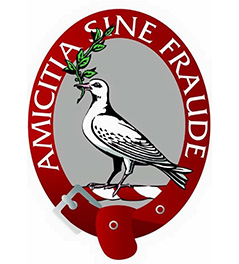What are the signs & symptoms of knee pain?
If you are experiencing knee pain, it is likely that you may notice some of the following signs and symptoms:
1/Pain when walking upstairs or downstairs
2/Clicking, popping or grinding noises coming from the knee
3/Pain when running, walking or cycling
4/The pain maybe behind the knee
5/Pain underneath the knee cap
6/Discomfort deep within the knee joint
7/Pain when sitting
8/Discomfort when sitting to standing
9/Feeling as if the knee will give away
10/Pain when walking
11/Pain on the outside of the knee when running/cycling
The knee is the largest joint in the body. It is a major weight-bearing joint and is one of the most frequently injured joints in the human body.
Knee pain can have a number of different causes and can be painful and debilitating and although some conditions may require surgery many can be helped with the right advice, exercise and treatment.
The knee joint is made up of a number of structures including ligaments, muscles, capsule, synovial membrane and two ‘c’ shaped pieces of cartilage which sit between the femur and tibia known as the menisci.
Damage, strain or sprain to the structures of the knee can give rise to symptoms. It can be the result of a sudden injury as often seen in sports injuries or by repeatedly placing strain on an area of the knee. Poor alignment of the knee or kneecap and altered joint mechanics in relation to other joints such as the hips and knees are often significant. Osteoarthritis or wear and tear is a common condition that affects the knee.
Common symptoms in the knee include pain, stiffness, aching, pain, locking, swelling, limping and difficulty fully straightening or bending the knee.
X-rays, scans and other tests are sometimes required to make a diagnosis and your osteopath may refer to your GP or a specialist for any additional investigations or treatment.


















